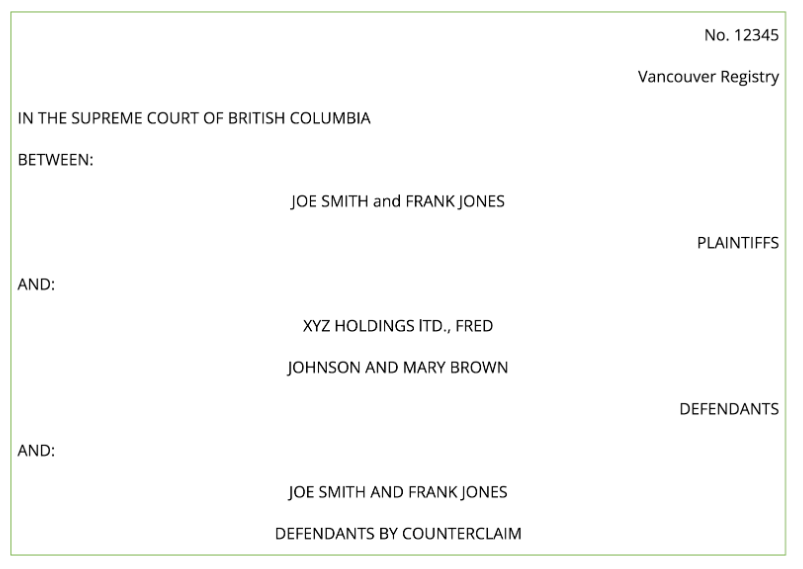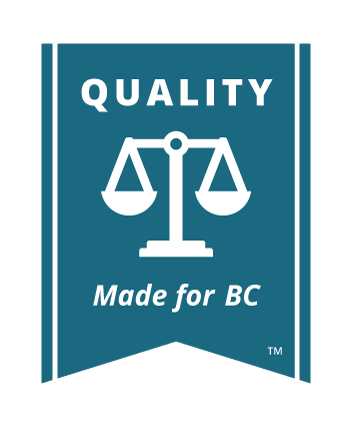Do you Have a Counterclaim?
A counterclaim sets out any claim you might have against the plaintiff or another party related to the lawsuit started by the plaintiff.
For example, if the plaintiff is suing you for money owing on a piece of dry cleaning equipment that you purchased from them, your counterclaim against the plaintiff may be for the damage caused to your customers’ clothing by the malfunctioning equipment.
It is possible that the counterclaim raises questions between yourself and a person other than the plaintiff. In that case, you may join that other person as a party against whom the counterclaim is brought (see Rule 3-4(2)). In this example, you may want to sue the company that manufactured the equipment in addition to the person who sold it to you.
The counterclaim contains the same information as a notice of civil claim, so if you are preparing one, see Preparing your Documents for information that must be included in this document.
The counterclaim may be attached to your response, or it may be prepared and filed separately, but it must be in Form 3 and it must be served within the time allowed for the response.

Read the Rules
Rule 3-4 Counterclaim

Find the Form
Form 3 Counterclaim
You can file a counterclaim even if the limitation period for that counterclaim has expired. For more information on limitation periods, see Limitation Periods.
Preparing and filing a counterclaim is a complicated procedure. It turns you into a plaintiff for part of the lawsuit and you will then have to take all the steps required of a plaintiff. It changes the style of proceedings by adding the plaintiff as a defendant by counterclaim. See the style of proceeding below:








 JusticeEducation.ca
JusticeEducation.ca JusticeEd
JusticeEd /JusticeEducation
/JusticeEducation